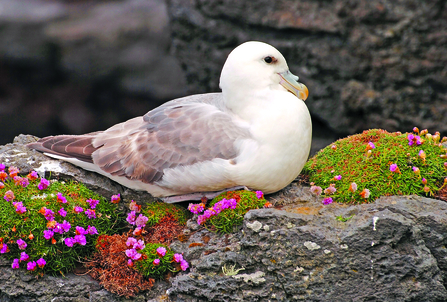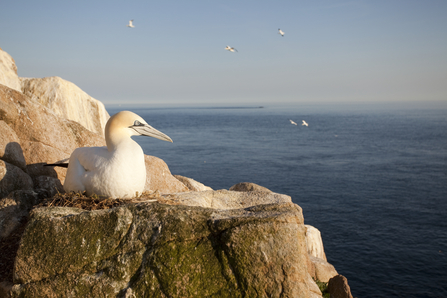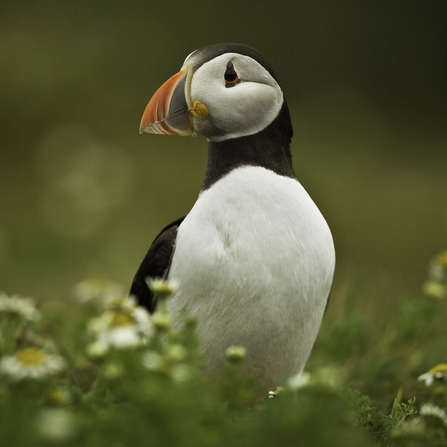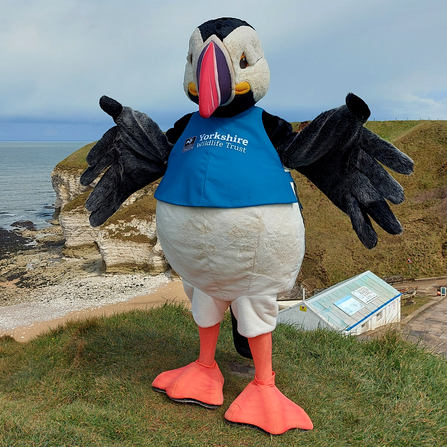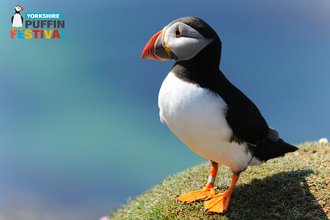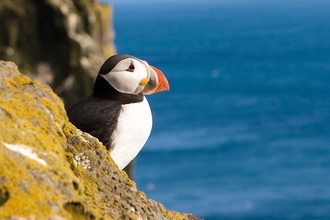Although the seashells of the sea shore are certainly precious enough to warrant close inspection and great delight, Yorkshire’s great white cape is home to a famous and cacophonous experience for all the senses – smell included!
The sea cliffs from Filey to Bridlington protect the UK’s largest mainland seabird colony, the only mainland gannetry in England, and the largest mainland black-legged kittiwake colony in the UK; Flamborough Head is one of the most important seabird colonies in Europe for its raucous multitude of spring and summer visitors.
Our seabirds are a rather overlooked and underrepresented delight of our cliffs and seashores, often reduced to the ominous squawking of seagulls on a mission to pinch some well-earned chips.
There are in fact a multitude of different seabirds to enjoy during the summer months; fulmars, herring gulls (our much-maligned seagulls), gannets, kittiwakes, guillemots, razorbills and puffins – here are a few of Yorkshire Wildlife Trust’s favourites.

